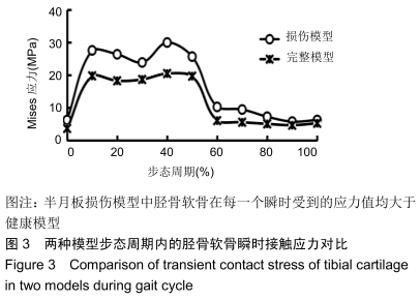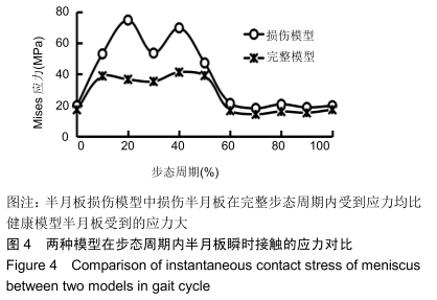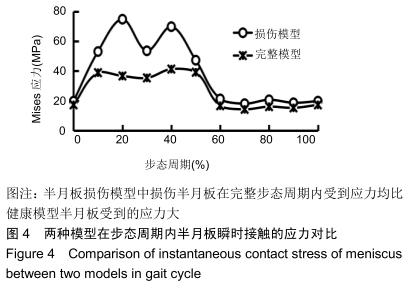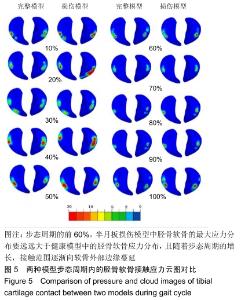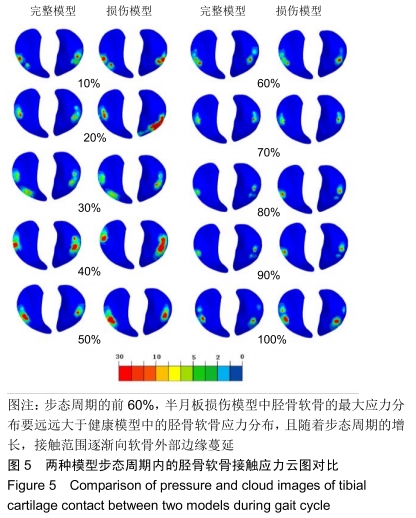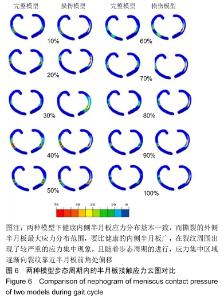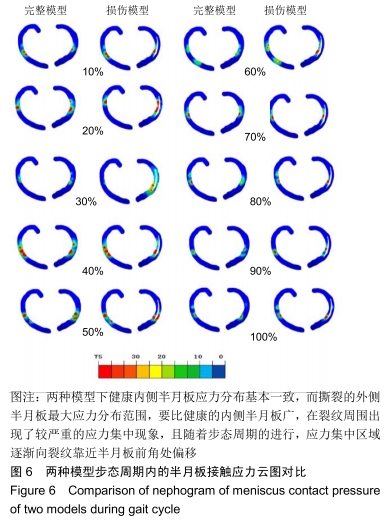[1] DONAHUE TL, FISHER MB, MAHER SA. Meniscus mechanics and mechanobiology.J Biomech. 2015;48(8):1341-1342.
[2] DONG YF, HU GH, DONG YH, et al. The effect of meniscal tears and resultant partial meniscectomies on the knee contact stresses:A finite element analysis.Comput Method Biomech. 2014;17(13):1452-1463.
[3] 何川,李彦林,张振光,等.不同屈曲状态下膝关节韧带生物力学的有限元分析[J].中国运动医学杂志,2015,34(7):662-669.
[4] 许玉林,孙允高,张春林.膝关节动力学模型的研究进展[J].国际生物医学工程杂志,2004,27(1):57-60.
[5] 颜冰,王和鸣.膝半月板载荷的压敏片测量[J].中国中医骨伤科杂志, 2010,18(2):6-7.
[6] 朱水文,陈国平,彭伟.基于ANSYS的人体膝关节半月板撕裂数值模拟[J].医用生物力学,2016,31(2):12-16.
[7] 江佩师,陈志伟,崔俊成,等.内侧半月板后角损伤有限元仿真模型构建[J].中南医学科学杂志,2018,46(5):10-14.
[8] 陈文栋,杨光.膝关节半月板三维有限元模型的动态仿真生物力学分析[J].中国组织工程研究,2016,20(31):4658-4664.
[9] 王俊然,杜玮瑾,王长江,等.有限元分析不同屈曲状态下胫-股关节的生物力学变化[J].中国组织工程研究, 2018,22(31):4975-4981.
[10] MEAKIN JR, SHRIVE NG, FRANK CB, et al.Finite element analysis of the meniscus:the influence of geometry and material properties on its behaviour.Knee.2003;10(1):33-41.
[11] 金波.半月板有限元分析的研究进展[J].中国骨伤,2019,32(5): 485-488.
[12] 潘哲尔,黄加张,顾湘杰,等.磁共振影像膝关节三维有限元模型的建立[J].中国骨与关节损伤杂志,2006,21(4):268-270.
[13] 李峰.专项运动员半月板损伤的生理学及生物力学分析与预防对策[J].福建体育科技, 2008,27(4):41-44.
[14] 刘彭飞.后交叉韧带断裂对半月板生物力学影响的三维有限元分析[D].长沙:中南大学,2013.
[15] 董跃福,牟志芳,蒋胜波,等.膝关节有限元解剖模型的构建及其力学分析[J].临床骨科杂志,2015,18(6):686-692.
[16] ISO 14242-3: Implants for surgery-wear of total hip-joint prostheses-Part 3: Loading and displacement parameters for orbital bearing type wear testing machines and corresponding environmental conditions for test.2014.
[17] 包呼日查.内、外侧半月板后根部完全撕裂对膝关节生物力学影响的有限元分析[D].长春:吉林大学,2013.
[18] 刘平,敖英芳.膝关节后交叉韧带及板股韧带临床解剖学研究[J].中国运动医学杂志, 2008,27(2):59-63.
[19] 封云松,蔡国锋,余红军.膝关节内外侧半月板撕裂致胫骨髁间后区积液的MRI研究[J].放射学实践, 2013,28(1):81-84.
[20] 刘秀香,郑卓肇,程钢,等.MR诊断膝关节内、外侧半月板后根部撕裂的价值[J].中华放射学杂志,2014,48(11):919-922
[21] 崔晓倩,王辅忠,张慧春,等.膝关节股骨远端软骨硬化前后力学性能分析[J].医用生物力学,2015,30(1):25-29.
[22] 汪田福,郝智秀,高相飞.前交叉韧带生物力学特性及其损伤对膝关节稳定性的影响[J].清华大学学报(自然科学版), 2010,50(7):43-46.
[23] BAO HR, HU D, GONG H, et al. The effect ofcomplete radial lateralmeniscus posterior root tear on the knee contactmechanics: a finite element analysis.J Orthop Sci.2013;18(2):256-263.
[24] 王元民,王国栋,赵晓伟.不同半月板修复方式与半月板部分切除术后胫股关节的接触力学研究[J].实用医学杂志, 2014,18(30): 2915-2918.
[25] 陈文栋,杨光.不同载荷条件下半月板动态仿真生物力学分析[J].中国组织工程研究,2017,21(11):4658-4664.
|
